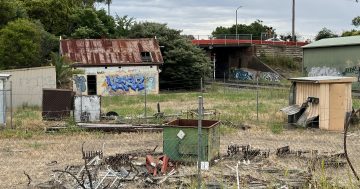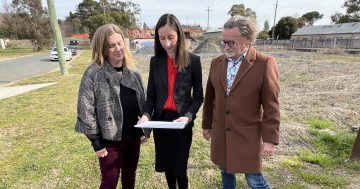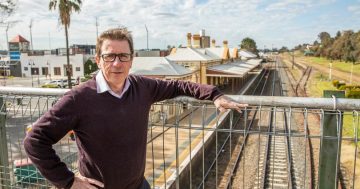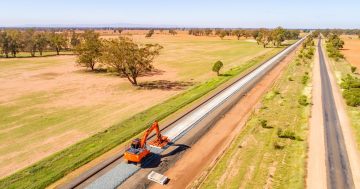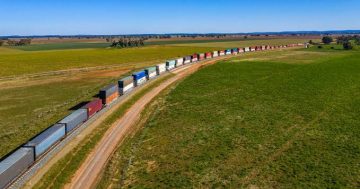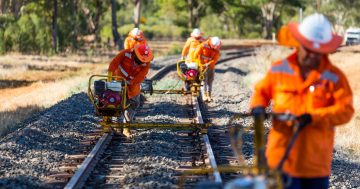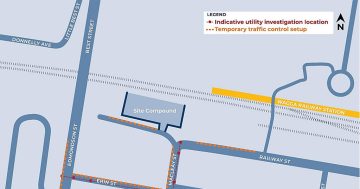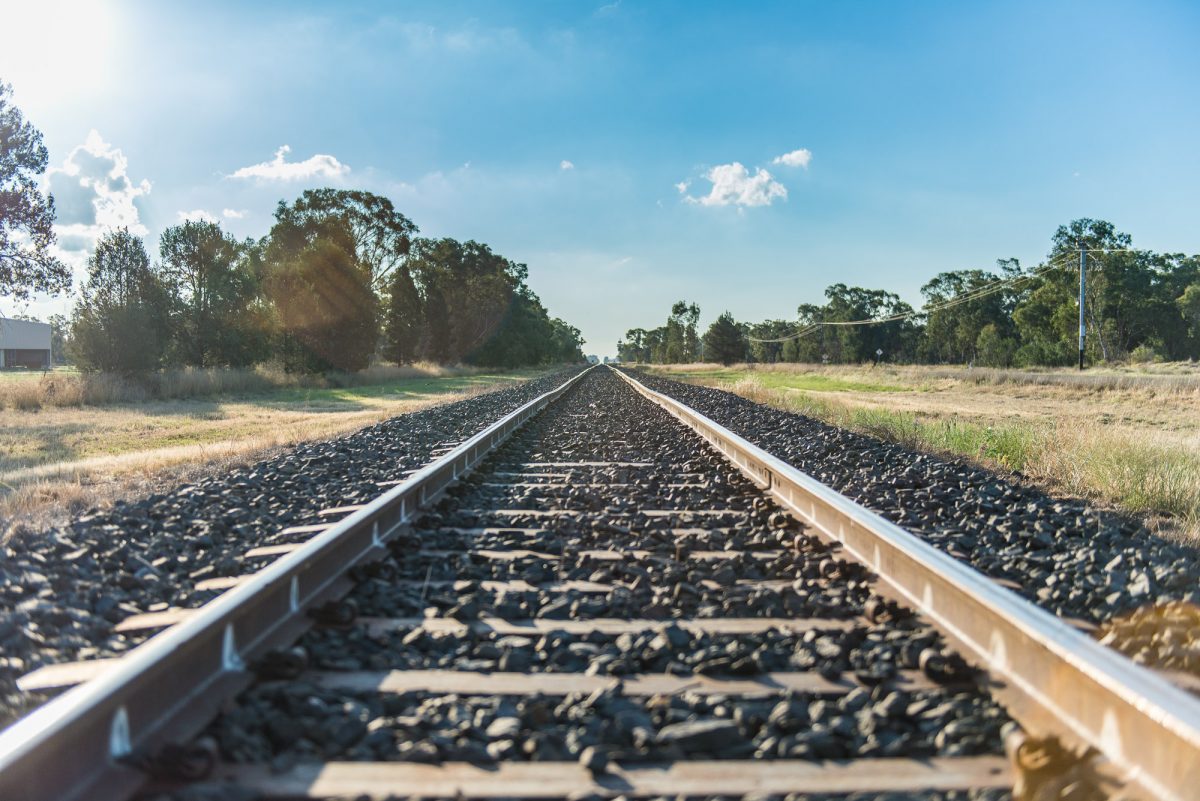
Where will the Inland Rail take us? Photo: ARTC.
Region Riverina’s readers are fairly evenly split on last month’s poll, examining the decision by Wagga City Council to replace the traditional prayer with a ”reflection”.
The idea was to implement a more inclusive homily that reflects our increasingly diverse community.
In essence, the wording was shifted from a Christian plea to “Almighty God” to “help” and “guide” to a more inward-looking call for councillors to silently reflect on their accountability to the community.
We asked: Do you agree with Wagga City Council’s move to change the traditional prayer to a reflection to be more inclusive?
The final numbers came down with a slight majority, 54 per cent in disagreement with the council’s decision.
While the issue triggered a wave of comment and debate, one councillor pointed out that the matter had been open to public feedback for some time before the decision, with little response.
It was also noted that much of the feedback referred to the removal of the Lord’s Prayer, which was never part of proceedings and reflects a lack of genuine awareness.
Perhaps better engagement strategies around matters up for public exhibition are needed?
Regardless, the prayer is now a reflection that it is hoped will sit more comfortably on the lips of those who are not Christian and those with no religious faith.
While the city retains an overwhelmingly Christian majority (63.9 per cent), it is true that a growing number of residents identify as having no religion (29.3 per cent) and other religious groups are becoming more established.
In the future, Wagga will elect councillors from a broad cross-section of backgrounds and beliefs, so perhaps it is fitting that the accountability for each lies with the community rather than the Almighty?

Wagga Wagga City Council has traded prayer for silent reflection. Photo: PeopleImages.
Looking ahead, we would like to take the pulse on the community’s views on the recently released environmental impact statement (EIS) for the Albury-Illabo section of the Inland Rail.
The Australian Rail Track Corporation (ARTC) had initially opened for community submissions until Tuesday, 13 September; however, this has now been extended to the 28th.
Many in the community have advocated bypassing the city, but the response has been that this would be an enormous expense and could see Wagga miss out on some of the benefits the rail will bring.
There are plenty of positives for industry in Wagga as the Riverina Intermodal Freight and Logistics (RiFL) Hub and the Special Activation Precinct (SAP) grow and utilise the upgraded inland rail, bringing thousands of jobs to town.
Increased capacity of the freight rail network will reduce the number of trucks on our roads and perhaps ease congestion in the city.
The extensive construction period will also generate local employment.
But on the flip side, there are community concerns over the impact on lifestyle as increased numbers of enormous, double-stacked trains rumble through the city.
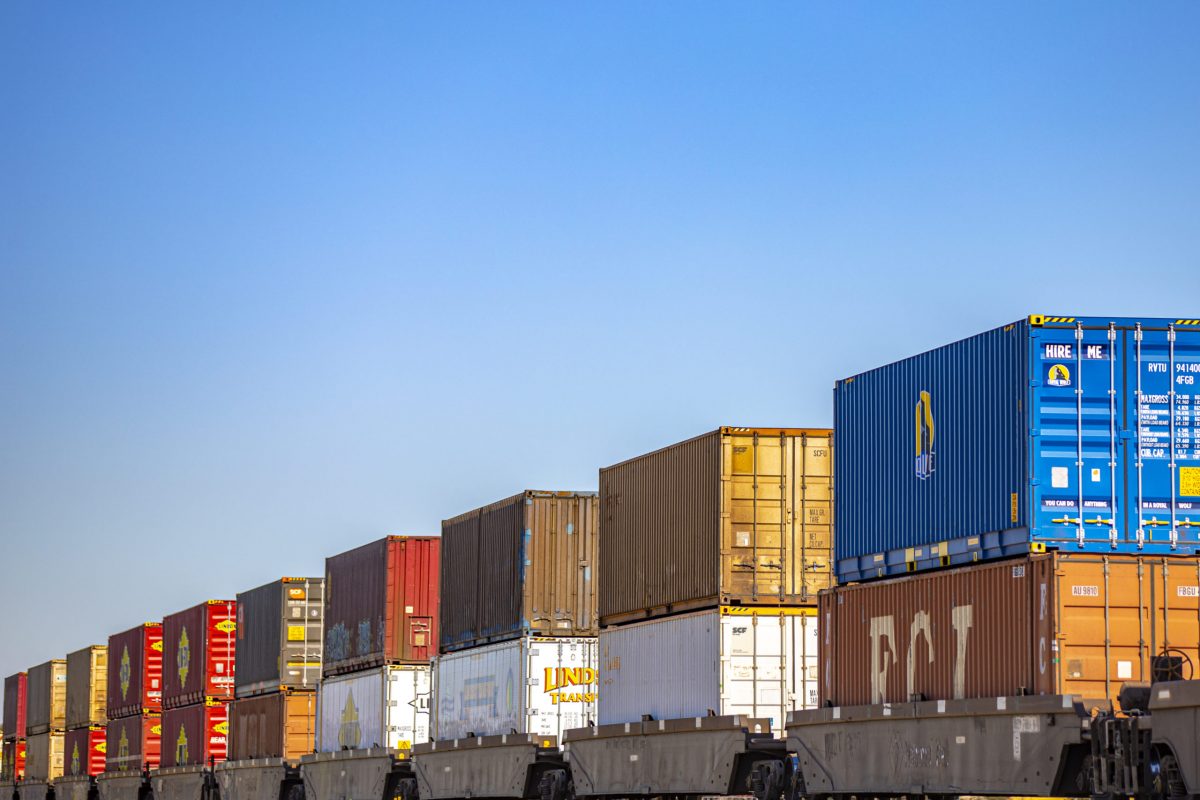
Double-stacked freight is the future with Inland Rail. Photo: ARTC.
A key crossing in the centre of town, the Edmondson Street bridge, will need to be raised 1.8 metres and will be closed for nine months.
Another major rail intersection, the Fernleigh Road level crossing, will not be dramatically upgraded, leading to ongoing traffic disruptions as it is closed each time a train passes through.
Riverina residents now have three weeks left to examine the 57 documents included in the EIS and deliver a response.
Our question this week asks you to weigh the pros and cons of the EIS and tell us whether the short-term pain is worth the long-term gain.
You can take a look at the study here.







